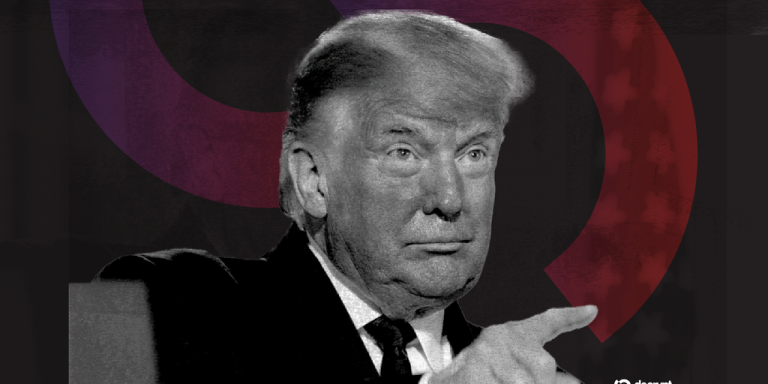
Mindfulness Practices for Stress Relief
Mindfulness is the practice of being present in the moment, paying attention to your thoughts, feelings, and sensations without judgment. It has been shown to be an effective tool for reducing stress and anxiety, improving mental health, and increasing overall well-being. In this article, we will explore the benefits of mindfulness practices for stress relief and provide tips on how to incorporate them into your daily life.
What is Mindfulness?
Mindfulness is a state of awareness that involves paying attention to the present moment, without judgment or distraction. It involves cultivating a non-judgmental awareness of one’s thoughts, feelings, and bodily sensations, allowing you to respond to situations more skillfully and with greater clarity. Mindfulness is not just a technique, but a way of living that can be practiced in daily activities such as eating, walking, or even doing the dishes.
Benefits of Mindfulness for Stress Relief
The benefits of mindfulness for stress relief are numerous. Some of the key benefits include:
- Reduced stress and anxiety
- Improved mood and emotional regulation
- Increased focus and concentration
- Enhanced self-awareness and self-acceptance
- Improved sleep quality
- Boosted immune system
Mindfulness Practices for Stress Relief
There are many mindfulness practices that can help with stress relief, including:
- Meditation: Meditation involves focusing your attention on a single point, such as the breath, a mantra, or a physical sensation in the body. Regular meditation practice can help reduce stress and anxiety by teaching you to cultivate a sense of calm and clarity.
- Yoga: Yoga combines physical movement with deep breathing and meditation techniques to promote relaxation and reduce stress. Yoga can help reduce stress and anxiety by releasing tension in the body and promoting a sense of calm and well-being.
- Body scan: A body scan involves lying down or sitting comfortably and bringing your attention to different parts of the body, starting from the toes and moving up to the head. This can help release physical tension and promote relaxation.
- Mindful breathing: Mindful breathing involves paying attention to the breath, noticing the sensation of the breath moving in and out of the body. This can help calm the mind and reduce stress and anxiety.
- Mindful walking: Mindful walking involves paying attention to the sensation of the feet touching the ground, the movement of the legs and arms, and the rhythm of the breath. This can help promote a sense of calm and clarity.
How to Incorporate Mindfulness into Your Daily Life
Incorporating mindfulness into your daily life can be simple and easy. Here are some tips:
- Start small: Begin with short periods of mindfulness practice, such as 5-10 minutes a day, and gradually increase the duration as you become more comfortable with the practice.
- Make it a habit: Incorporate mindfulness into your daily routine, such as right after waking up or before bed.
- Find a quiet space: Identify a quiet and comfortable space where you can practice mindfulness without distractions.
- Use guided recordings: Use guided recordings or apps to help you get started with mindfulness practice.
- Be patient: Remember that mindfulness is a practice that takes time and patience to develop. Be gentle with yourself and don’t get discouraged if your mind wanders.
Conclusion
Mindfulness practices offer a powerful tool for stress relief and mental well-being. By incorporating mindfulness into your daily life, you can reduce stress and anxiety, improve your mood and emotional regulation, and increase your overall sense of well-being. Remember to start small, be patient, and make mindfulness a habit. With regular practice, you can cultivate a sense of calm, clarity, and inner peace that will stay with you throughout your day.





